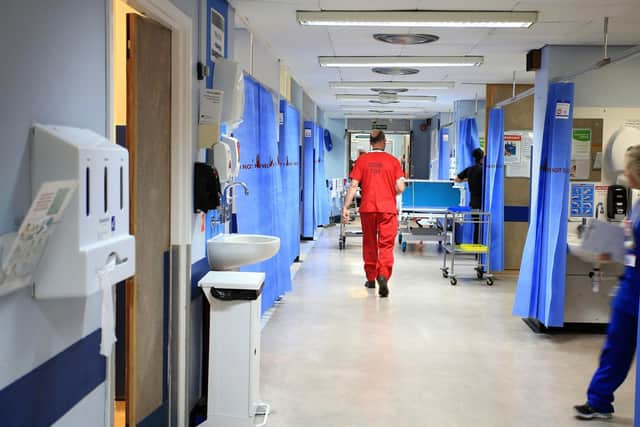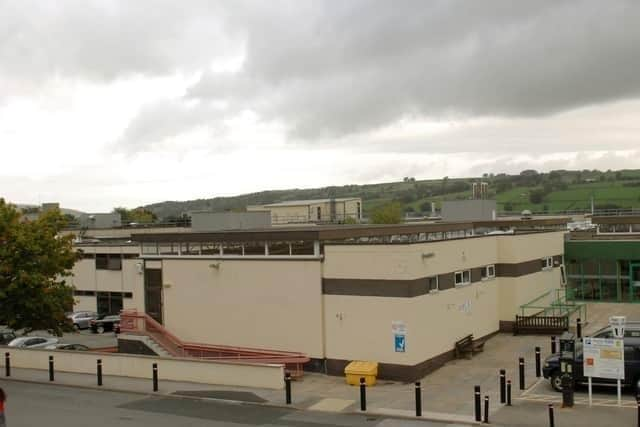NHS hospitals forced to close wards and impose weight limits due to RAAC concerns, MPs told
There are concerns at least 41 hospital buildings, owned by 23 trust, are at risk of collapsing as they contain a lightweight building mater known as reinforced autoclaved aerated concrete (RAAC).
The Department of Health has provided £685m that can be used to make the buildings safe and said it is working to ensure all hospitals are RAAC free by 2035.
Advertisement
Hide AdAdvertisement
Hide AdFive affected hospitals, including Airedale General Hospital in Keighley, which are due to be completely rebuilt and the National Audit Office claims each will cost more than £1bn.


It comes after the Government revealed more than 145 schools contain the crumbling concrete and some have been forced to fully or partially close and teach pupils or temporary classrooms or online.
At a hearing today, Olivia Blake said Parliament’s Public Accounts Committee had visited NHS hospitals to speak to staff who are concerned that buildings could cave in.
“They are having to conduct daily monitoring of RAAC,” she said. “This is having an impact on clinical work.
Advertisement
Hide AdAdvertisement
Hide Ad“We saw a ward that had to close very urgently, we heard about matrons being on speed dial for property management in case something goes wrong, and also staff managing admissions based on weight as they can’t have too many people with all the equipment they need on the first floor.”


Amanda Pritchard, chief executive of NHS England, said specialist engineers are sent to hospitals where RAAC is found, to put safety measures in place and prepare a plan to replace it.
But she also said those measures “do not and can’t completely eliminate the risk of RAAC”, adding: “That is why the eradication plan is so important.”
The Government made a major change to its £18.5bn New Hospital Programme in May, when it decided that some of that funding should be used to replace five RAAC hospitals.
Advertisement
Hide AdAdvertisement
Hide AdThe NAO has warned the programme, which originally promised to deliver 40 new hospitals by 2030, has faced “substantial delays and will not be completed” by 2030.
According to the public spending watchdog, 32 new hospitals could still be built by 2030 but there is "uncertainty in government” about rising costs, design and supply issues, and a shortage of suitable construction firms.
Meg Hillier, Chair of the Public Accounts Committee, raised concerns about the New Hospital Programme, claiming the timescale and budget “just don’t stack up”.
Julian Kelly, deputy chief executive of NHS England, said he wants to “get on and build them as quickly as we sensibly can” and “make sure we get the design right”.
Advertisement
Hide AdAdvertisement
Hide Ad“If we do that we are still confident we can do that by 2030, but it’s a major programme and we will no doubt have challenges along the way.”
The Department for Health and Social Care said it is currently working on designs for a “Hospital 2.0”, which will make construction quicker and cheaper, but those designs have not been finalised yet.